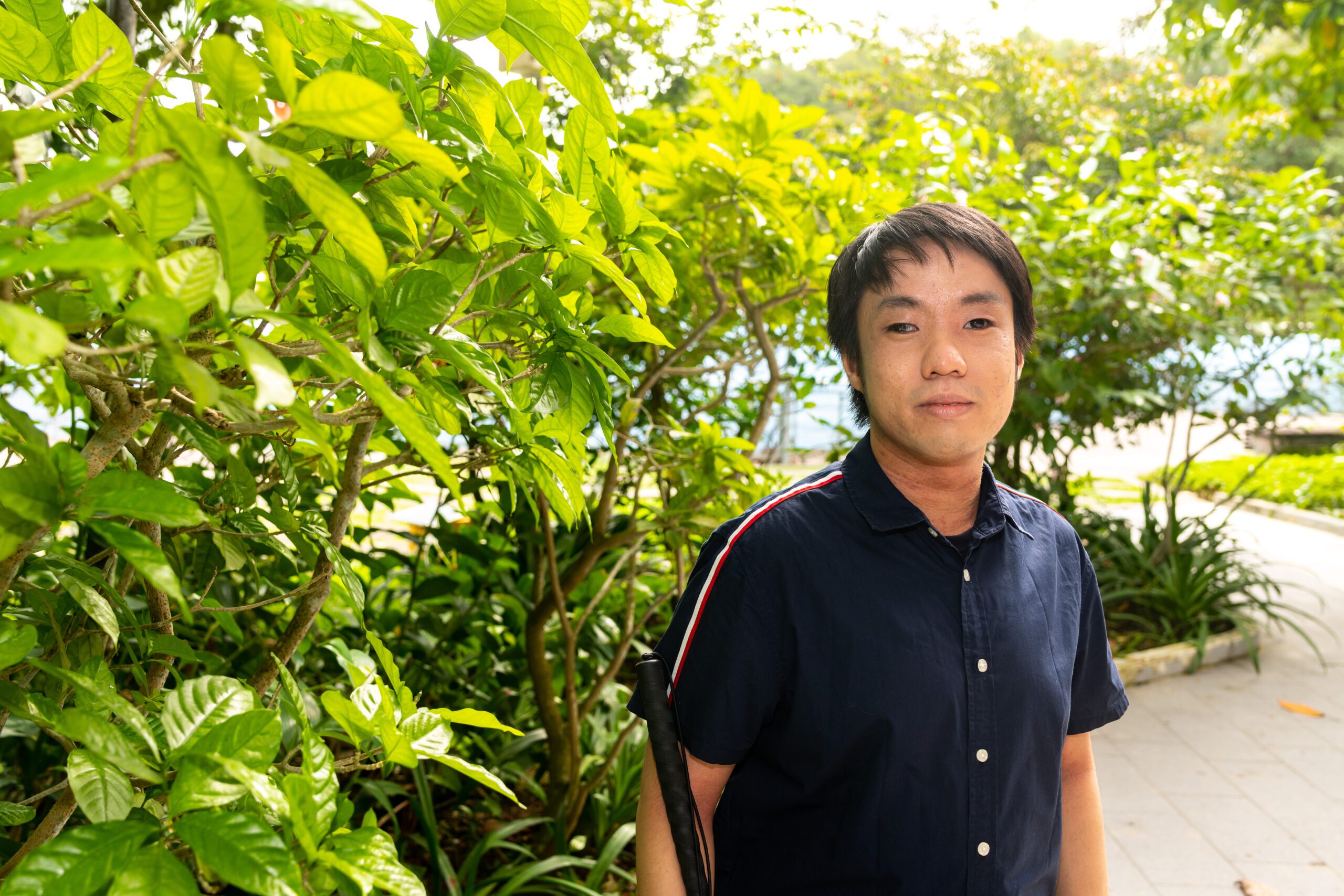You pride yourself on using charcoal and wood, and not a gas or electric smoker. What selections of woods do you use?
The level of smokiness is another factor of a good brisket. I experimented with different types of woods. My mother used to help me chop down the logan trees we had growing in our back yard. Lychee and citrus wood imparted a very light flavour. Post-oak is usually smokier, and hickory wood tends to be on the sweeter side. During the early stages, the hint of the hickory wood would be overpowered by that of the post-oak. So, I had to adjust the balance. For pork, I prefer the combination of cherry and maple wooda.
Do you have any pre-cooking rituals?
I talk to my meats (laugh). I say to them: ‘You are so beautiful’. My friends find that odd. I just like to thank the small things in life. I feel we need to treat everything with respect and to be thankful. Whenever I see a rainbow, I’m just grateful I have the gift of sight and the ability to appreciate these things.
That’s rather spiritual. What do you do when the meats are in the smoker?
Many people think that I’d sleep but I cannot do that. It is, after all, an open fire; I also have to ensure the consistency of the temperature. I do bring along my skateboard and skate around the indoor carpark for about fifteen minutes — it keeps my day fun. I also catch up on my work.
I guess the long hours of cooking allow you to slow down and break away from the hustle of life. How much brisket do you smoke in a single batch?
About fifty to sixty kilograms. There is a lot of water loss. The shrinkage can be very high — it can go up to about sixty-five per cent of the meat. The high-quality meats, because they have higher fat distribution, tend to shrink a lot. But I’m insistent on using high-quality meats, because fat equals flavour, so it’s an unavoidable problem. This is why I have to be careful about accepting too many orders, because I cannot predict the amount of shrinkage, which affects my ability to fulfil my orders. And there’s no way that I can get the same cut of meat. Every piece of meat is different, from fat distribution to size and appearance.
What are the visual cues that a smoked brisket is good?
It has to sag under its own weight when you lift it. And it has to be soft. When you examine the fat, it’s been rendered golden-brown. And when you slice it, the juices just flow — that’s what I always anticipate eagerly before cutting into the meat. There’s also the bark formation. It’s the black-coloured crust that many people think is burnt (I thought so at first too). I sent one of the samples to my godfather and his helper cut it off, and I was like, ‘No, that’s the best part!’



